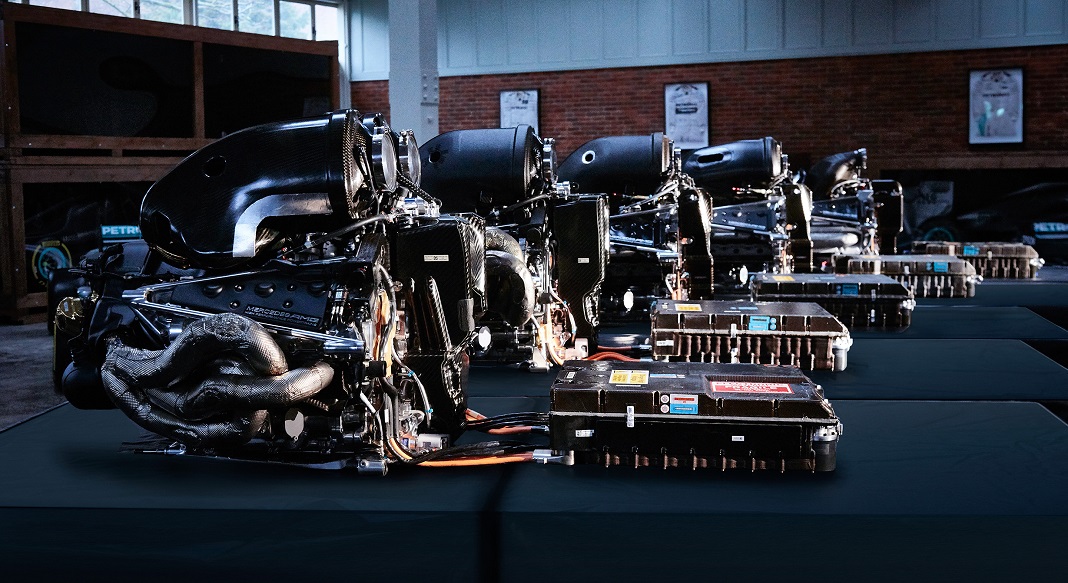
For a sport that feeds on fossil fuel and generates huge amounts of CO2 from races staged around the globe each year, Formula 1 is hardly in a position to save the earth. Despite the shift towards a hybrid powertrain in 2014, the relevancy of the racing series has been called into question as the world grapples with the effects of global warming.

But Formula 1 is also helmed by some of the smartest people in the world, backed by wealthy and resourceful organisations, and they have a plan that would not only advance the sport in a responsible manner, but to potentially offer a technological solution that could see passenger cars powered by internal combustion engines occupy a lower carbon footprint than battery electric vehicles (BEV).

Synthetic fuel isn’t a new concept, in fact, quite a few car makers have invested R&D into its feasibility. As the name suggests, the fuel is made in a lab, its components derived from either a “carbon capture scheme, municipal waste or non-food biomass”, which could result in greenhouse gas emissions savings relative to fossil-derived petrol of at least 65%”.
Formula 1 estimates that by 2030, there would be 1.8 billion cars on the road but with only 8% of them fully electric. You don’t need to be a genius to figure out the upsides if the majority of these vehicles ran on a fuel that’s clean and sustainable. While there would still be tail-pipe emissions, a vehicle life-cycle study by the Institute of Mechanical Engineers showed a BEV (powered by renewable energy) emits 58g/km of CO2 compared to the 45g/km of a “fully sustainable petrol-powered ICE car,” claims Formula 1. That’s food for thought.

Aside from advancing Formula 1’s Net Zero Carbon goal by 2030, the ‘100% sustainable drop-in fuel’ is a key component of the new engine regulations set to be introduced in 2025; ‘drop-in’ denotes that the use of the fuel will not necessitate any modifications to engine. In fact, the word on the F1 paddock is that the Volkswagen Group is on the verge of joining the sport and that the 2025 engine rules have been instrumental. The rumoured power ratio will be 50% internal combustion and 50% electric, which is actually an increase of electric power from the current level of around 30%.

For the 2022 season, F1’s hybrid power units will run on E10 – a blend of 90% fossil fuel and 10% renewable ethanol. And while increasing the sustainable portion from 10% to 100% within three years is a monumental challenge, Formula 1 has commissioned its brightest engineers in partnership with oil giant Aramco to make that a reality, beginning with the 2025 season and possible mass production thereafter.
(Learn how F1 is going to make sustainable synthetic fuel happen by 2025)

If Formula 1 pulls this off, and it has to for its own future (let’s face it, nobody wants to watch a more glamourous Formula E), we are looking at a game-changing moment, not just for F1, but for any vehicle powered by the good old internal combustion engine.